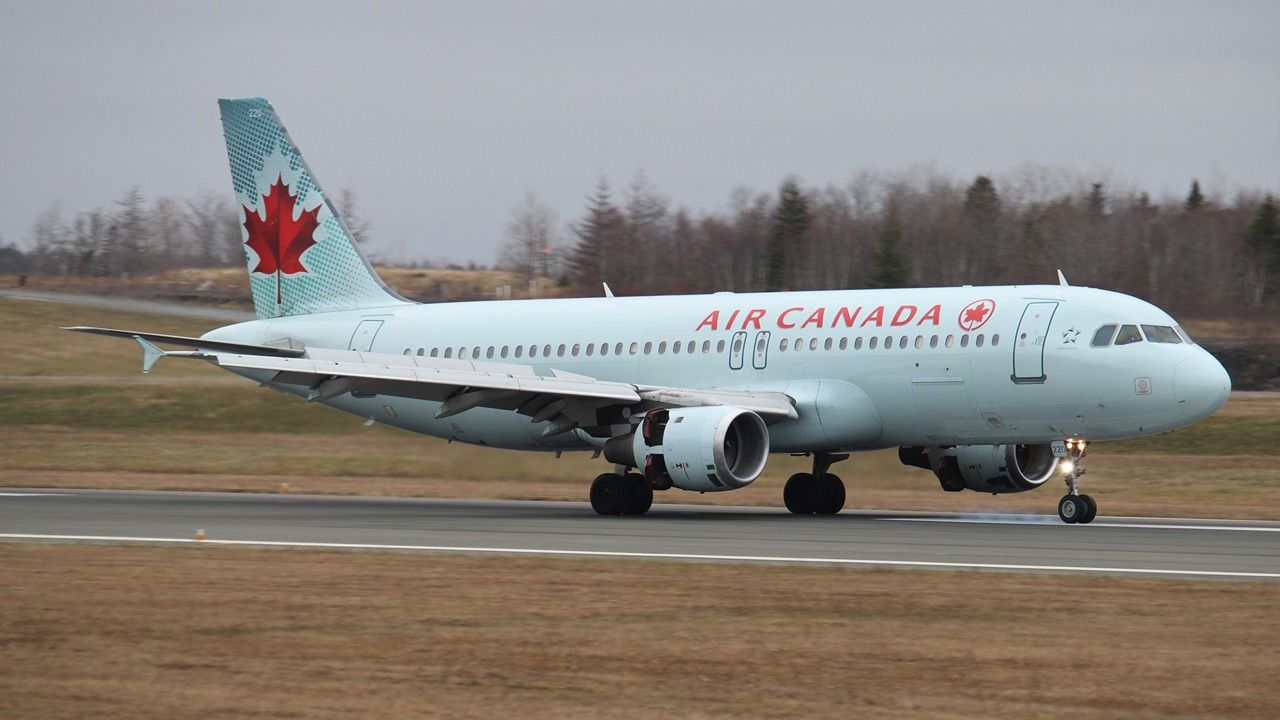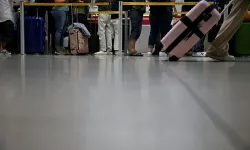On July 7, 2017, during the landing of Air Canada Flight 759, an Airbus A320, an unimaginable disaster was avoided!
That night, the stars were shining brightly in the sky and the weather was calm and clear. But the passengers of Air Canada Flight 759 were unaware of the impending danger as they prepared to land.
As the plane approached the runway for a successful landing, it made a wrong move and lined up for the taxiway. In the meantime, there were 4 airplanes lined up for take-off. Having received permission to land from Air Traffic Control, the plane began to descend slowly. This was noticed by a pilot on a flight to Sydney and the captain announced that James Kisses was landing on the taxiway.
Flight 759 was approaching disaster step by step, and at the same time it was found to be very close to an airplane preparing for take-off. The wheels of 759 came within 4.3 meters of the tail of the other plane. Fortunately, the pilot realized his mistake and performed a maneuver. If he had not performed this maneuver, he would have crashed into the aforementioned plane and dragged his fuselage into the ocean. Not to mention the danger to the lives of the passengers on board!
Air Canada 759
Successfully executing the "go-around" maneuver, the pilot tangentially passed United 1 and took off, narrowly avoiding a major disaster. The danger was so close that there was only 4.5 meters between the 759 aircraft and the United 1 aircraft preparing to take off. If the two planes had collided, the loss of life would have reached 1,000 and would have been engraved in aviation history as a major disaster. Fortunately, the passengers and crew on board did not suffer any serious injuries during the incident.
The US Federal Aviation Administration described the incident as "extremely rare". The National Transportation Safety Board published a report analyzing the potential causes of the accident. The report also sought to shed some light on why such an accident occurred. Since the runway where the plane was to land was closed due to construction works, the runway lights were not on.
When the plane approached the landing, it was seen that only the taxiway and the runway were illuminated. The crew was therefore under the mistaken impression that the taxiway was the correct runway. Another reason is cited as pilot fatigue. The local time at which Air Canada Flight 759 came in for landing was 12 noon. This means 3 a.m. Toronto time.
According to the US pilot fatigue regulations, this captain had not rested for 19 hours and was still allowed to fly under these conditions. Transport Canada changed the pilot fatigue regulations after this averted disaster. All 135 passengers and 5 crew members on board were reported to be fine.
This incident was recorded as one of the moments in the history of civil aviation when a major disaster was narrowly avoided. While most of the plane accidents occur during the landing or take-off stages, this incident once again emphasized the critical importance of safety measures and air traffic control.












